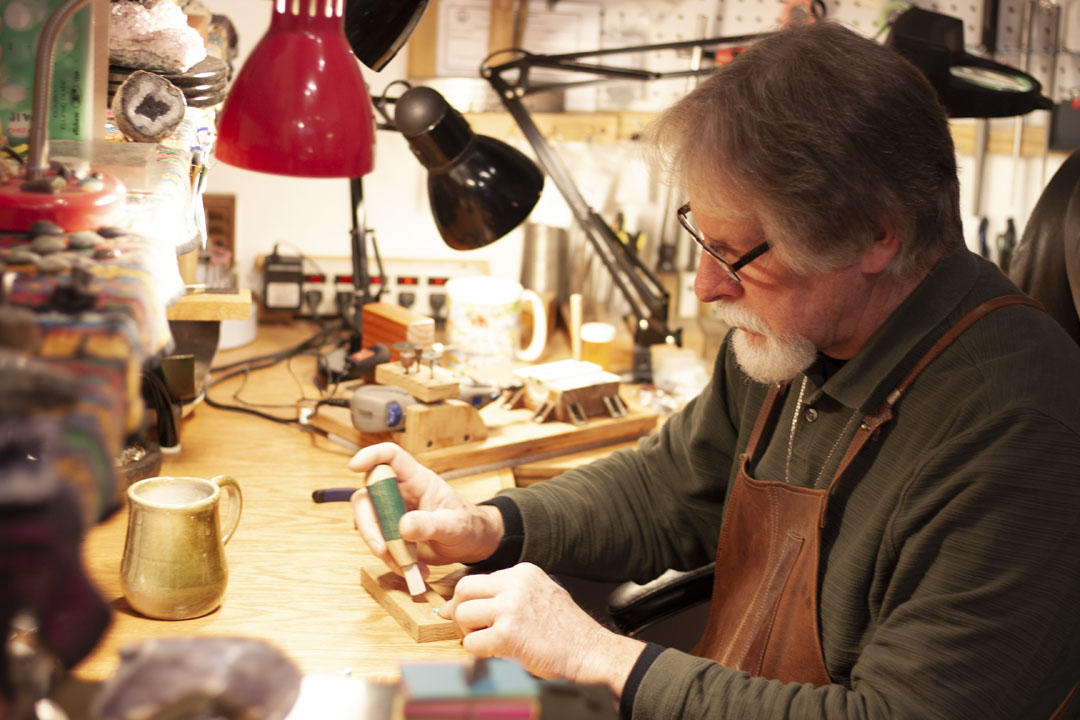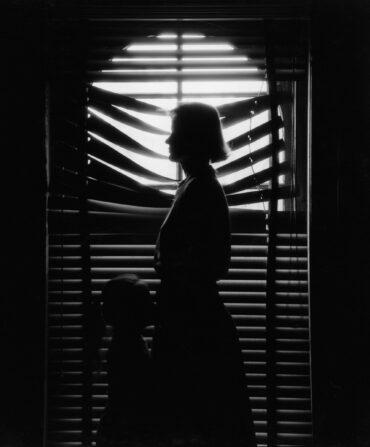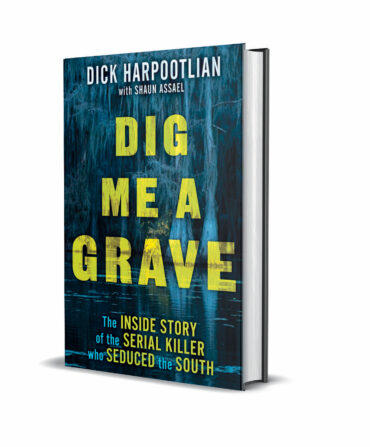Even before starting kindergarten, Stuart Mercer had a full bookcase in his room. Full of rocks, that is. “I was born with a proclivity toward rocks,” says the sixty-nine-year-old lapidarist. “By the time I was in grade school, I knew I wanted to be a geologist.”
Today, that lifelong fascination manifests as Elk Run Mining Co., a gem shop tucked away on a side street in the college town of Harrisonburg, Virginia. Strolling past, window shoppers are slowed by the colorful array of pendants on display, but it’s the small sign stating, “I personally mine, cut, and polish Virginia gemstones and create sterling settings for each,” that intrigues enough to draw them inside.
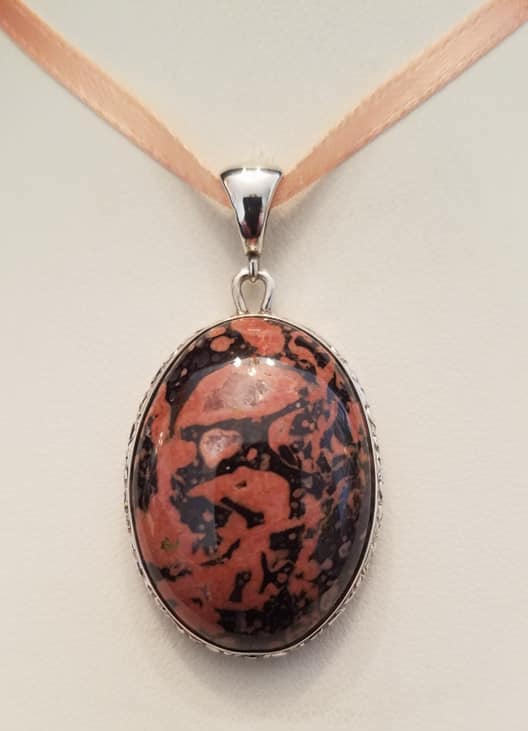
Indeed, Mercer is a jack-of-all-lapidary-arts whose work begins not in his tidy storefront but deep in the nearby hills and forests. Employing a knowledge of geology honed at James Madison University, he hunts two dozen different semi-precious gemstones from semi-secret locales across Virginia.
He acquires a few from subterranean sites, like the prized, turquoise-like amazonite unearthed at the small Morefield Mine near Richmond. On his own, though, Mercer stalks “rock bars” where mountain streams deposit great aggregates of geologic diversity. “The Appalachians are some of the oldest mountains in the world; they’ve been through hell and back,” he says. “I learn about deposits from old books and records and work downstream from there, because everything moves downstream. The most fun thing I do is find the rocks.”
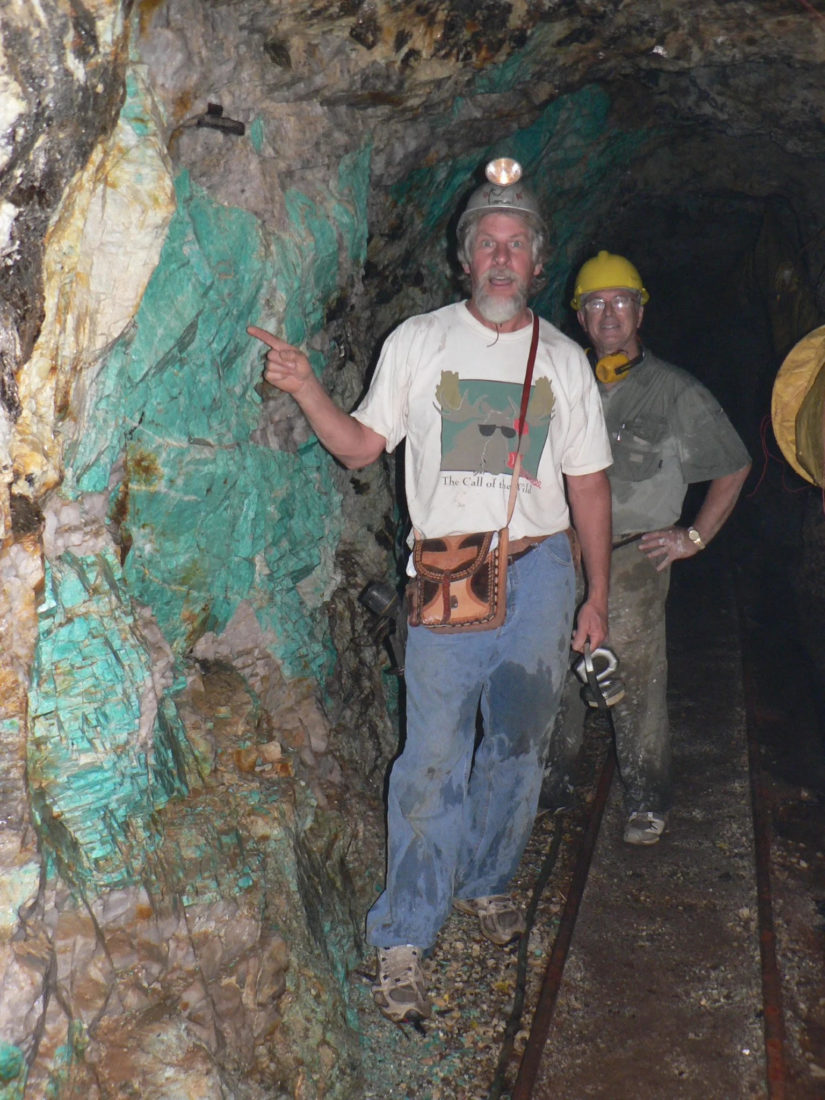
The untrained likely wouldn’t be quite so entertained, as the rocks typically present themselves as…rocks. “Most people won’t spot them,” he states. “Your eyes and brain have to clue in together.”
The insides, chipped open with a hammer, are a whole different, beautiful story. A rock collected along a Page County stream might reveal the deep red whorl of heliotrope, a.k.a. bloodstone, while another from a Bedford County rock bar glows with the icy yellow of citrine quartz. And though Fluvanna County’s dendritic rhodonite might suffer from a wonky name, it captivates with its contrasting web of pink and black. Mercer’s own favorite? “Whatever I found most recently,” he says with a wink.

He typically hauls several five-gallon buckets full of rocks back to his shop to perform his second-favorite task, wielding a power saw to cut them into quarter-inch slices that further disclose if they contain voids or other compromising defects. Next, he uses a grinder to shape, then a belt-driven finisher to smooth and polish, what’s called cabochons—thumb-sized oval or round gemstones with domed tops and flat bottoms, a shape well suited to pendant necklaces. (Mercer sometimes also creates rings and earrings.) At this point, it should come as no surprise that he also crafts the settings, typically sterling silver, for his stones. What is striking is the rareness of his mine-to-mount process. “There are a few people like me out west, but no one else is doing this in Virginia,” he says. “I’m a lone wolf.”
All in all, it takes Mercer about a day to transform a formerly ordinary rock into a one-of-kind pendant. You can purchase one for around $195 at his shop or website. The story behind its creation, however, is priceless.


